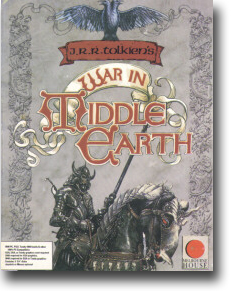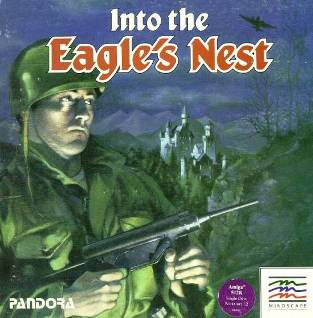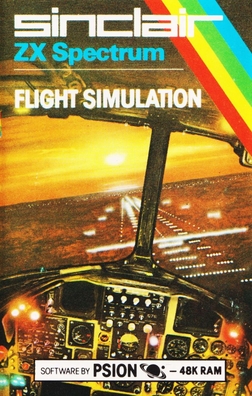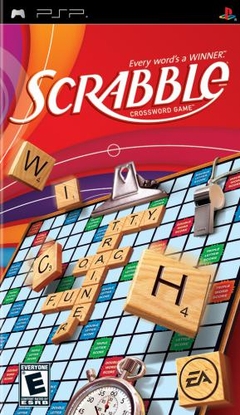
The ZX Spectrum is an 8-bit home computer developed and marketed by Sinclair Research. Considered one of the most influential computers ever made, it is also one of the best-selling British computers ever, with over five million units sold. It was released in the United Kingdom on 23 April 1982, and around the world in the following years, most notably in Europe, the United States, and Eastern Bloc countries.

The Macintosh Classic is a personal computer designed, manufactured and sold by Apple Computer from October 1990 to September 1992. It was the first Macintosh to sell for less than US$1,000.

AppleWorks was an integrated office suite containing a word processor, database, and spreadsheet. It was developed by Rupert Lissner for Apple Computer, originally for the Apple II and launched in 1984. Many enhancements for AppleWorks were created, the most popular being the TimeOut series from Beagle Bros which extended the life of the Apple II version of AppleWorks. Appleworks was later reworked for the Macintosh platform.

The Timex Sinclair 2068, released in November 1983, was Timex Sinclair's third and last home computer for the United States market. It was also marketed in Canada, Argentina, Portugal and Poland, as Timex Computer 2068.

Star Wars is a first-person rail shooter designed by Mike Hally and released as an arcade video game in 1983 by Atari, Inc. It uses 3D color vector graphics to simulate the assault on the Death Star from the 1977 film Star Wars. There are three connected gameplay sequences: combat against TIE fighters in space, flying across the surface of the Death Star, and the final trench run. The sequence repeats with added complications and the Death Star regenerating for each. The player's X-Wing fighter has a shield which only protects against damage a certain number of times, then the next hit ends the game. Speech synthesis emulates actors from the film.

Krome Studios Melbourne, originally Beam Software, was an Australian video game development studio founded in 1980 by Alfred Milgrom and Naomi Besen and based in Melbourne, Australia. Initially formed to produce books and software to be published by Melbourne House, a company they had established in London in 1977, the studio operated independently from 1987 until 1999, when it was acquired by Infogrames, who changed the name to Infogrames Melbourne House Pty Ltd.. In 2006 the studio was sold to Krome Studios.
CDS Software was an independent publisher and developer of computer game software based in Doncaster, South Yorkshire, UK.

The Hobbit is an illustrated interactive fiction video game released in December 1982 for the ZX Spectrum home computer. Based on the 1937 book The Hobbit, by J. R. R. Tolkien, it was developed at Beam Software by Philip Mitchell and Veronika Megler and published by Melbourne House. It was converted the Commodore 64, BBC Micro, Oric, and other home computers. By arrangement with the book publishers, a copy of the book was included with each game sold.

Winter Games is a sports video game developed by Epyx, based on sports featured in the Winter Olympic Games.
Mirrorsoft was a British video game publisher founded by Jim Mackonochie as a division of Mirror Group Newspapers. The company was active between 1983 and 1991, and shut down completely in early 1992.

War in Middle Earth is a real-time strategy game released for the ZX Spectrum, MSX, Commodore 64, Amstrad CPC, MS-DOS, Amiga, Apple IIGS, and Atari ST in 1988 by Virgin Mastertronic on the Melbourne House label.

Shadows of Mordor: Game Two of Lord of the Rings is a text adventure for the Commodore 64, Amstrad CPC, ZX Spectrum, Apple II, MS-DOS, and Mac. It is based on the second part of The Lord of the Rings story. It's a sequel to Lord of the Rings: Game One and The Hobbit.
The ZX Spectrum's software library was very diverse. While the majority of the software produced for the system was video games, others included programming language implementations, Sinclair BASIC extensions, databases, word processors, spread sheets, drawing and painting tools, and 3D modelling tools.

Welltris is a puzzle video game, developed by Doca and licensed to Bullet-Proof Software. It is an official game in the Tetris series. Adaptations were made by Sphere, Inc., for Spectrum HoloByte, and by Infogrames. It was released for MS-DOS compatible operating systems in 1989. Ports for Macintosh, Amiga, Amstrad CPC, and Atari ST followed in 1990, then ZX Spectrum and Commodore 64 in 1991.

Into the Eagle's Nest is a video game developed by Pandora and published in 1987 for Amiga, Amstrad CPC, Apple II, Atari ST, Commodore 64, IBM PC compatibles, and ZX Spectrum. Atari Corporation also released a cartridge version for the Atari 8-bit computers the following year on the Atari XEGS.

Flight Simulation is a flight simulation program written by Psion and marketed by Sinclair Research for the ZX Spectrum and ZX81 home computers.

Automonopoli, also known as Go to Jail, is an unauthorised computer version of the boardgame Monopoly, released in June 1983 by Automata UK for the ZX Spectrum. Although other two-player Monopoly computer programs already existed, the developer advertised that their Automonopoli was the first with an artificial intelligence strong enough to compete against and defeat human players.

Since the early-1980s, there have been numerous officially-licensed video game adaptations of the board game Scrabble.
















